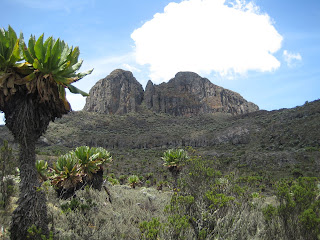I have two West African friends, they are sisters. Twins. The first born’s name literally translated means “the first to taste and see the world” while the second born’s name is “the other.”
Yesterday we delivered four sets of twins in four hours. The first were vertex / vertex and delivered vaginally in a multip. Such a common event that nobody thought it was worth my while to attend the delivery.
The second set was a precipitous pre-term breech / breech vaginal delivery in triage in a primip. Neither the woman nor I was aware that she was having twins and the breech was diagnosed as she got on table and the bum was crowning. My internal voice was screaming “God help me I have never done a vaginal breech delivery,” and my outside voice was calling for help, and a line, and oxytocin, and someone to hold the legs, and to push, and to stop pushing, and the head, can I get the head . . . Then all I could hear is mother screaming “Thank you sweet Jesus” when the baby was born. And “Sweet Jesus” again when I told her “watoto mbili.” There are two babies. And help has come. And the babies are rushed to the nursery.
After that there were two more twin breech / breech deliveries. Both C-sections: one in a labouring multip and the other in a pre-eclamptic, anemic primip with O negative blood. Enough to cause palpitations on a regular day but yesterday they seemed like ‘the other.’ I felt traumatized and exhilarated and terrified by the twin breech vaginal delivery. Perhaps the way first twin feels being the first to taste and see the world.




























